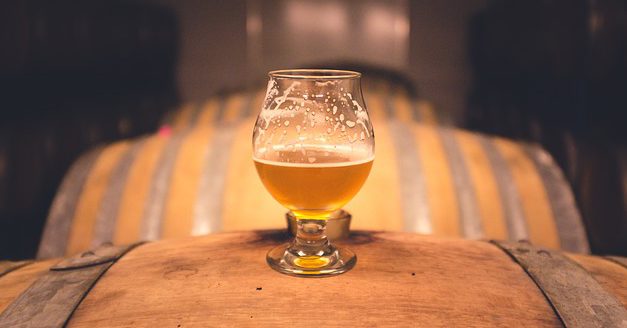The U.S. craft beer market has grown by leaps and bounds, evidenced by the number of breweries rising from dozens in the 1980s to more than 5,000 as of 2016, according to stats cited in Fortune. While some reports suggest growth in the U.S. craft beer market may have plateaued, craft brewers hunting growth have set their sights on Asia for expansion.
In New York, where craft beer comprises less than one-quarter of the total beer market, as per Nielsen’s data, Governor Andrew Cuomo has made growing the local craft beer market one of his priorities. He boasts savings of almost $15 million by the state’s craft beverage industry over the past half-decade as a direct result of the regulatory policy changes implemented under his leadership.
“This administration has cut red tape and rolled back burdensome regulations to help New York craft beverage producers thrive and create jobs as they continue to make some of the best beer, wine, cider, and spirits in the world. We will continue to build upon this progress and help foster future growth in this increasingly booming industry,” said Governor Cuomo in a press release.
Meanwhile the state’s breweries are beginning to look overseas for growth. In recent months, New York State’s Brooklyn Brewery sold nearly a quarter of its business to Japan-based Kirin, the country’s second largest brewer, according to Bloomberg. The owner pair, who are brothers, remain in control of the company and Brooklyn Brewery’s independent status remains intact even after the sale.
Brooklyn Brewery President Robin Ottaway pointed to the growth opportunities in Japan in an interview with Bloomberg, where he said market share for craft beer remains below 1 percent. Meanwhile, in the U.S. in 2015, 21 percent of the money spent on beer was spent on craft brews, according to the Brewers Association.
“Craft beer is what’s growing in beer [and it is] increasingly a global phenomenon,” Ottaway told Bloomberg, adding that the “big brands are not growing globally and craft is where the current and future growth will come from.”
As New York strives to increase its foothold in the craft beer market, cities such as Chicago, which gave the industry the Goose Island brand, have been labeled the “Silicon Valley” of craft beer. In fact, AB InBev, made its splash into the craft beer market through a wave of M&As including the acquisition of Chicago’s Goose Island in 2011.
AB InBev has set its sights on China as a key growth market for the brand, where consumption of beer is rivaled only by its tea consumption. Through a wave of aggressive marketing initiatives ranging from beer giveaways to a goose mascot, the beer giant, in an attempt to reach wealthy millennials, has successfully found a spot for Goose Island on an increasing number of beer taps across Beijing and Shanghai restaurants.
“[Goose Island] brews exotic beers that it ages in French wine casks and bourbon barrels, and has the kind of cute animal logo that can turn heads, and tastes, in China,” according to Fortune’s Scott Cendrowski.
And while craft beer only represents a fraction of China’s $80 billion beer market, AB InBev’s presence could be a harbinger of what’s ahead.
“It’s like Starbucks: If you see a bunch of their coffee shops going up in an area, you know it’s a pretty good one to be in,” according to Top Shelf Asia owner Gary Brown, cited in Fortune.
-Gerelyn Terzo
Gerelyn is a regular contributor to GAI News. She has been writing about institutional investing and asset management for the majority of her career and has developed a focus on agriculture given the global scale of the industry’s relevance and importance

